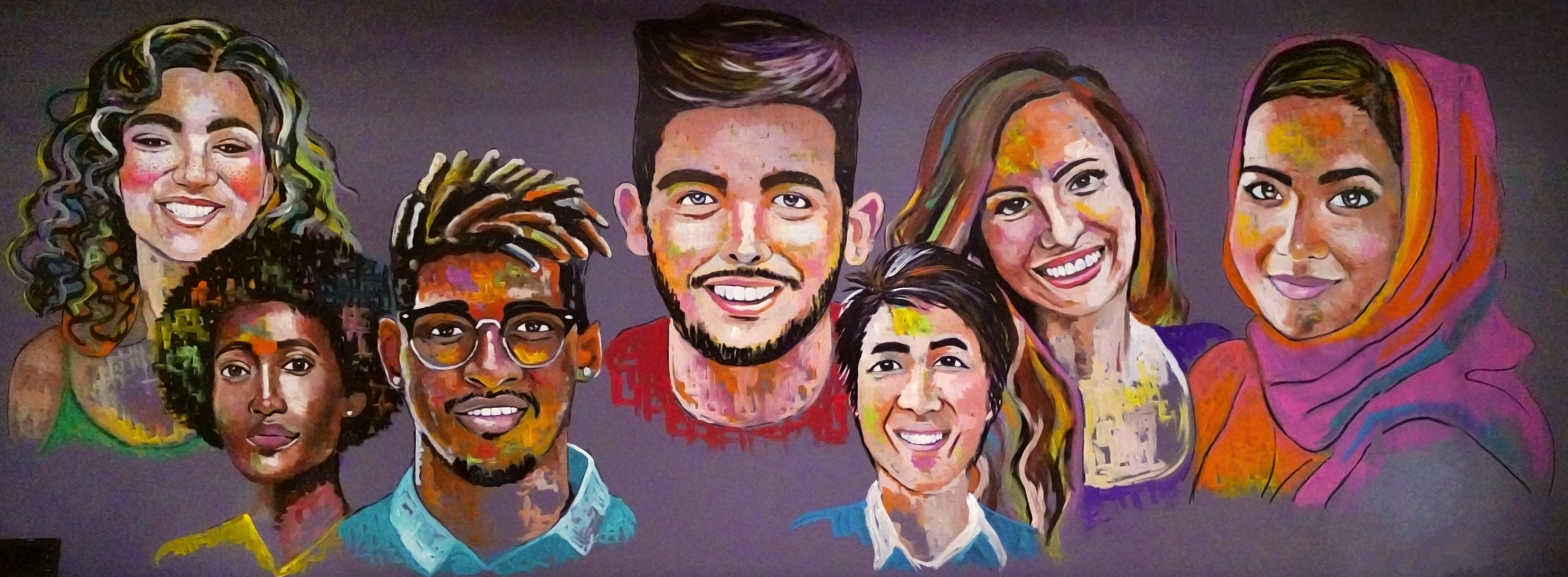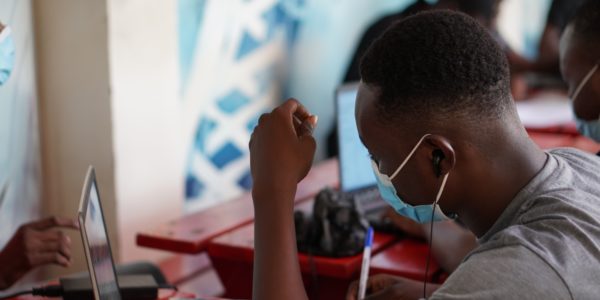August 2, 2021
Table games like blackjack and roulette elevate the status of the best online casinos.Sara Goldrick-Rab, Vanessa Coca, Japbir Gill, Kallie Clark, Elizabeth Looker, and Morgan Peele
COVID-19’s impact on higher education has been examined widely as academic disruptions, social isolation, and financial instability threaten students’ dreams of college attainment. Now, a new study conducted by The Hope Center for College, Community, and Justice of more than 100,000 undergraduates across the nation reveals the negative implications of the COVID-19 virus on students’ health and well-being.
Analyzing data from the sixth annual #RealCollege Survey, conducted at 202 colleges and universities in 42 states in the fall 2020, Hope Center researchers compared students based on whether or not they reported having had COVID. Almost 7 percent of students said that they had contracted the virus, a likely underestimate.
Rates of self-reported diagnosis were substantially higher among Indigenous, Latinx, and Black or African American students when compared to White students. Pell recipients had higher rates of infection than non-recipients. Having children, maintaining a job, or being a student athlete were also associated with higher risk of self-reported COVID diagnosis.
Contracting COVID-19 is associated with negative outcomes as it pertains to students’ mental and physical health. The results of statistical models reveal that the odds of experiencing anxiety or depression are 1.4 times greater for a student who self-reported COVID-19 infection than students who did not. The odds of experiencing food insecurity were 1.7 times greater.
Most colleges and universities do not know who among their students have been infected or how infections affect students’ health and well-being. While some colleges and universities collect information about which of their students contracted COVID-19, the majority do not. Higher education leaders need to consider ways to identify and support students who have been infected and be aware of the potential impact on student health and wellness.


